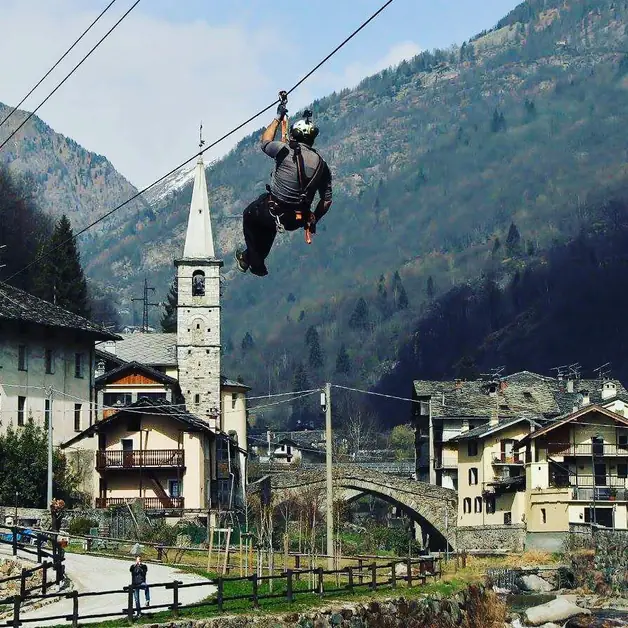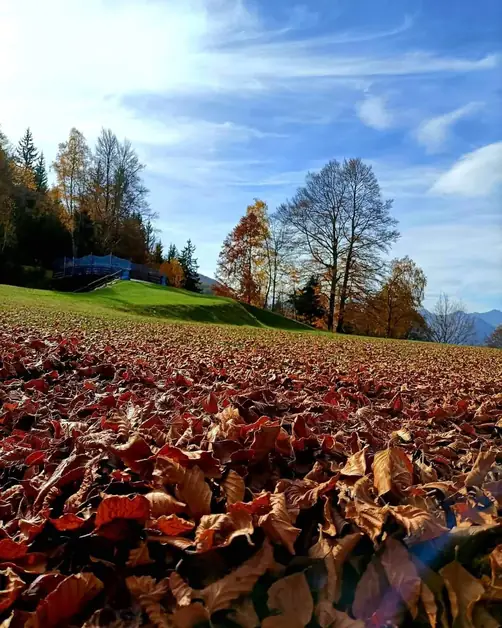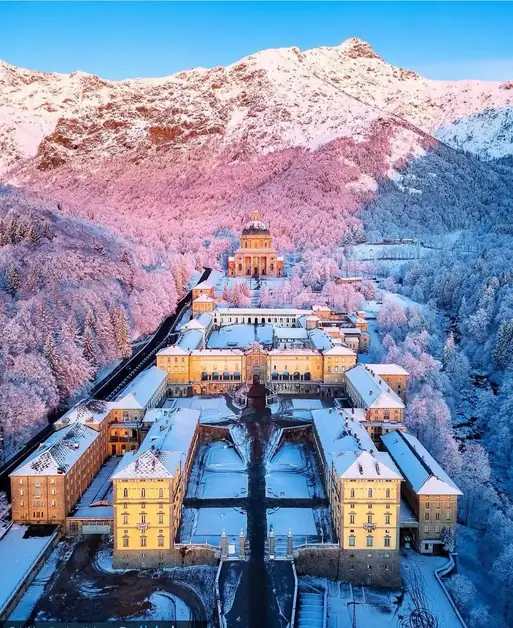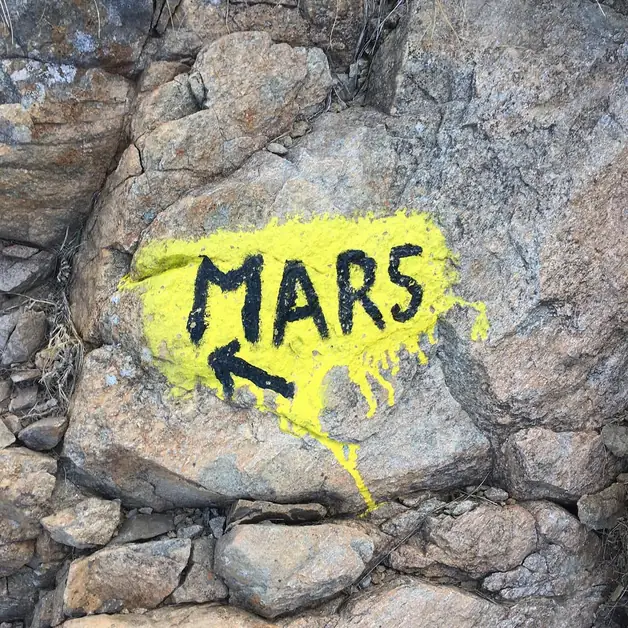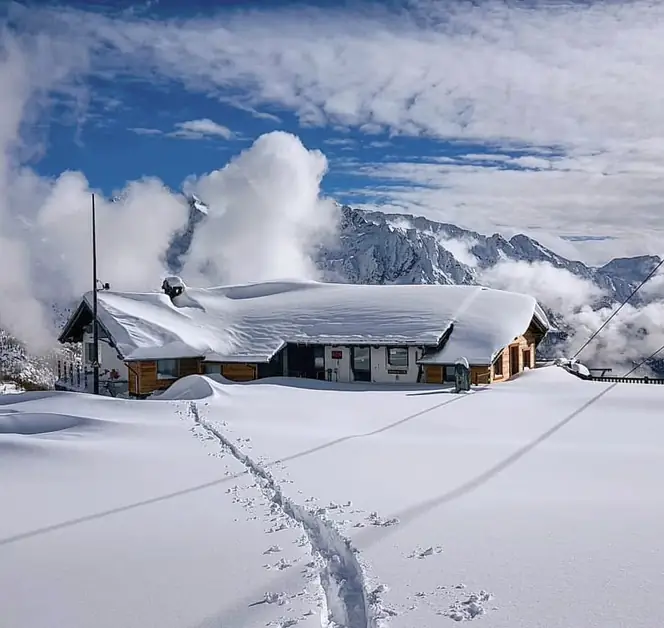Ecomuseum of Fontainemore a journey into Valdostan tradition
The Ecomuseum of Fontainemore offers a unique experience in Valdostan tradition.
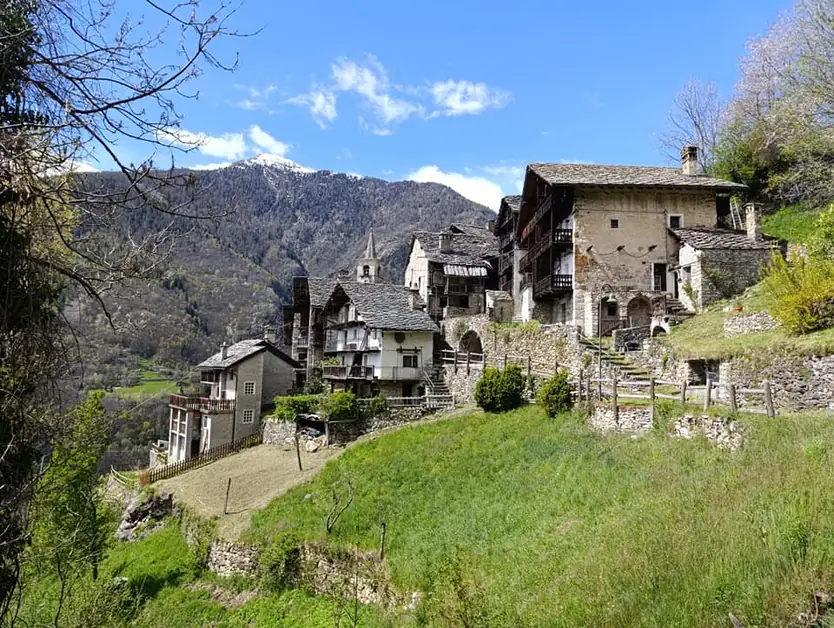
What is an ecomuseum and why visit it in Aosta Valley?
An ecomuseum is a museum spread across the territory, a place where local memory and culture come to life among houses, paths, and everyday objects. In Aosta Valley, ecomuseums are scattered throughout the Alpine arc and represent a bridge between different generations. They allow for a better understanding of the close relationship between man and the environment that has shaped mountain life for centuries.
Where is the Ecomuseum of Fontainemore located?
The Ecomuseum of Fontainemore is located in the Pra Dou Sas area, a small agropastoral village in the heart of the Lys Valley. The village has been carefully restored, transforming it into a living memory place where time seems to have stopped. Walking among the stone and wooden houses means immersing oneself in the daily life of mountain dwellers from the early 1900s.
What can you see inside the Ecomuseum of Media Montagna?
Inside the ecomuseum, you can admire tools and everyday objects, carefully displayed to tell the simple and laborious life of the past. Each room, each object, each detail speaks of an era when ingenuity and collaboration were essential for surviving in a often hostile mountain environment.
What was the traditional Valdostan mountain house like?
The stone masonry house was a welcoming and functional refuge. On the upper floor was the main room, heated by a cast iron stove called o pelio. It was the heart of domestic life: here they ate, slept, maintained hygiene, and raised children.
Why did the houses have low ceilings and wooden walls?
Mountain houses were built with low ceilings to retain heat and reduce wood consumption. The interior walls were lined with wood, which helped make the environment warmer and more welcoming, creating a comfortable refuge during the long Alpine winters.
What were the beds and fabrics of Valdostan tradition like?
The beds had mattresses filled with straw and dry leaves, while the sheets were made of hemp, a durable and natural material. The blankets, on the other hand, were made of drap, a rustic and coarse fabric obtained from sheep wool. This fabric was warm and durable, perfect for facing the cold mountain nights.
Who took care of wool processing?
Women were the protagonists of domestic and artisanal life. Within the walls of the house, they dedicated themselves to carding and spinning wool, transforming it into yarn for clothes and fabrics. It was a tiring but essential job, ensuring clothing for the whole family and representing a small indirect economic support.
How was the fireplace room, called "A masoun," organized?
The fireplace room, called a masoun, was blackened by smoke but full of life. Before the advent of modern stoves, the fireplace was the center of the house: it was used for cooking, heating, and producing butter, cheese, and other dairy products. The family gathered around the fire, sharing stories and everyday moments.
Where were the animals kept during winter?
Animals rested in the stable, located on the lower floor of the house. Their presence not only guaranteed milk, meat, and manure but also naturally helped heat the inhabited floor. The animal heat spread upwards, improving the thermal comfort of the rooms.
How were food supplies preserved?
Next to the house was the wooden and stone granary, where grains were stored safe from humidity and rodents. Here, wheat, rye, barley, rice, and chestnuts were stored in large wooden chests called arche. In cloth sacks, cornmeal, seeds, and legumes were kept.
What was the cellar for and what was stored there?
Under the larch wood floor was a stone basement used as a cellar. This cool and dry environment was perfect for storing cheese, vegetables, and other foods. It was a sort of natural refrigerator that ensured survival during the winter months.
Why is the Ecomuseum of Fontainemore so important for tourists?
Visiting the Ecomuseum of Fontainemore means experiencing an authentic experience, away from the most beaten tourist paths. The visitor does not just observe but truly enters the story, touching the reality of those who lived in these mountains. It is a unique opportunity to understand how strong the bond between man and nature was.
Can other ecomuseums in Aosta Valley be visited?
Yes, Aosta Valley is rich in ecomuseums distributed across different alpine valleys. Each tells a different story, but all share a common goal: to preserve memory and transmit local traditions. Visiting multiple ecomuseums allows for the discovery of the cultural and environmental variety of the region.
What is the best time to visit Fontainemore and its ecomuseum?
The ideal time to visit Fontainemore is spring or summer when the paths are passable and nature bursts with colors. Even in autumn, however, the village offers suggestive atmospheres among chestnut woods and ancient scents of wood and freshly baked bread.
How to reach the Ecomuseum of Fontainemore?
Fontainemore is located a few kilometers from Gressoney-Saint-Jean and is easily reachable from Aosta by car or bus. The scenic road that climbs the valley is already a journey in itself, with breathtaking views of the Lys River and the surrounding mountains. By parking near the village, it is possible to continue on foot to fully enjoy the charm of the place.
How to get to the Ecomuseum of Fontainemore by car or on foot?
The Ecomuseum of Fontainemore can be reached by car via the Regional Road 44 of the Lys Valley. From Aosta, it takes about 45 minutes following the direction of Pont-Saint-Martin and then climbing towards Gressoney. Once you arrive at the center of Fontainemore, there are marked parking areas near the parish church and at the beginning of the path leading to the Pra Dou Sas area. For those who prefer to arrive on foot, a comfortable marked path starts from the village, gently rising to the ecomuseum village. The route is short, about 20 minutes, and crosses a charming landscape of meadows, dry stone walls, and chestnut woods, offering panoramic views of the valley and the Lys stream.
